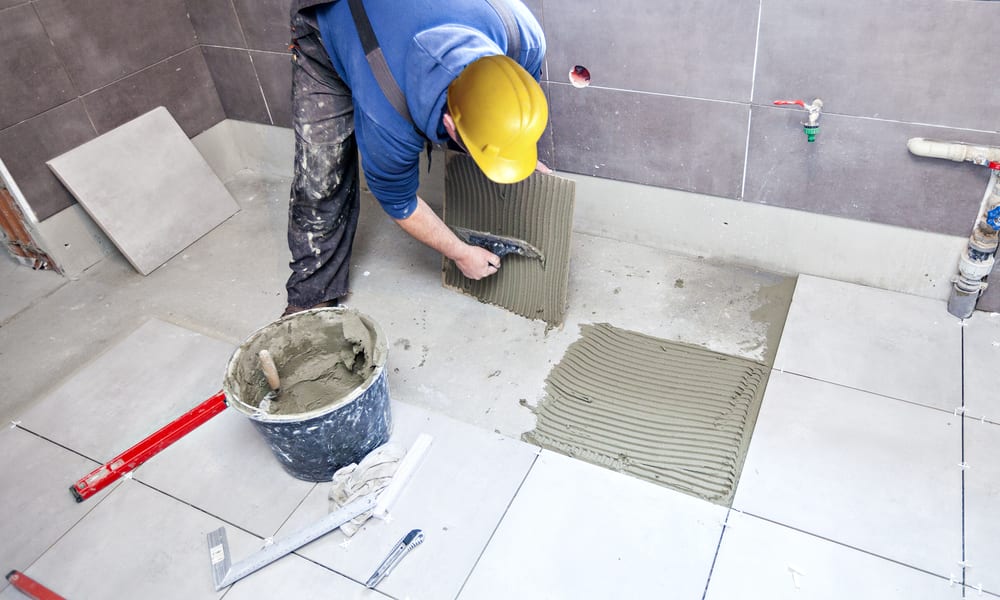Revamp Your Home: Essential Remodeling Guide Today
Thinking about a home remodel? This guide walks you through improving comfort, boosting functionality, and increasing property value with practical tips on budgeting, material selection, and hiring contractors. Learn about kitchen and bathroom upgrades, realistic renovation costs, ROI expectations, and how to manage projects smoothly. Ideal for homeowners planning anything from a targeted refresh to a full renovation.

Remodeling your home is more than aesthetic change — it’s an investment in livability and long-term value. Whether you’re updating a single room or reworking the entire layout, thoughtful planning and informed choices make the difference between a successful renovation and costly delays.
High-Impact Renovation Areas
Kitchens and bathrooms generally deliver the strongest return on investment and offer the most noticeable improvement in everyday life. A kitchen update might include energy-efficient appliances, new countertops, better storage systems, or reconfigured layouts that improve workflow. Bathroom projects range from swapping fixtures and resurfacing tiles to full reconfigurations that boost accessibility or add a shower or tub.
Living rooms, bedrooms and common spaces are also ripe for upgrades. Strategic lighting changes, fresh flooring, and modern wall treatments can transform how these areas feel and function. Small changes — like refinishing floors, installing layered lighting, or creating built-in storage — often yield considerable comfort gains without the expense of a full remodel.
Understanding Costs and Budgeting
Renovation expenses vary widely depending on scale, materials, and your region’s labor rates. Below is a typical cost breakdown to help you set realistic expectations and prioritize projects.
| Project Type | Average Cost Range | Typical ROI |
|---|---|---|
| Kitchen Remodel | $15,000 - $50,000 | 60-80% |
| Bathroom Renovation | $10,000 - $30,000 | 60-80% |
| Room Addition | $20,000 - $75,000 | 50-70% |
| Basement Finishing | $25,000 - $75,000 | 70-75% |
Prices, rates, or cost estimates mentioned in this article are based on the latest available information but may change over time. Independent research is advised before making financial decisions.
Use the table as a starting point—build a spreadsheet with estimated costs, contingency (typically 10-20%), and a priority list of must-haves versus nice-to-haves. Early decisions about finishes and appliances influence bids and timelines, so finalize major selections before contractors begin work.
Choosing Materials and Finishes
Pick materials that strike a balance between quality, maintenance, and cost. Durable, low-maintenance surfaces often save money over time. Quartz counters resist staining and require little upkeep; luxury vinyl plank flooring can mimic wood at a lower cost and with better moisture resistance; and modern, energy-efficient windows cut heating and cooling expenses.
Consider lifecycle costs as well as upfront price: higher-grade finishes may last longer and reduce replacement frequency. Match finishes to your home’s architectural style so improvements feel cohesive and appealing to future buyers.
Hiring and Working with Contractors
A reliable contractor is essential. Start by collecting multiple written bids to compare scopes and prices. Check references, review online ratings, and verify professional licenses and insurance coverage. Avoid hiring based solely on the lowest bid—unrealistically low estimates can lead to change orders and delays.
Put everything in writing: a clear contract should outline the scope of work, materials to be used, a realistic timeline, milestones, payment schedule, and procedures for change orders. Establish a single point of contact for decisions and communication. Regular, documented check-ins prevent misunderstandings and help keep the project aligned with your expectations.
Managing the Renovation Process
Organization and communication are key to staying on schedule and on budget. Keep detailed records of contracts, receipts, permits, and design choices. Track expenses against your budget and flag overruns early so you can adjust priorities.
Major remodels disrupt daily life. Plan for temporary inconveniences: set up a provisional kitchen or designate alternate bathrooms if needed. Consider offsite storage for furniture and possessions, and protect areas of the home that remain in use.
Schedule regular walkthroughs with your contractor to inspect progress and address concerns immediately. Small issues caught early are cheaper and quicker to resolve than deferred problems. Maintain a photo log of the project for progress tracking and future reference.
Final Tips for a Smooth Remodel
- Start with a clear vision and a prioritized wish list so you can make fast decisions when choices arise.
- Build a contingency fund (10–20%) for unexpected costs. Hidden issues like structural repairs or outdated wiring often surface once walls are opened.
- Focus on improvements that enhance daily function and appeal to a broad set of future buyers if resale value matters.
- Consider energy-efficient upgrades (appliances, insulation, windows) that reduce operating costs and may qualify for incentives.
- Be realistic about timelines—weather, materials lead times, and permit processes can extend schedules.
A well-planned remodel can dramatically improve comfort, functionality, and resale potential. By prioritizing high-impact areas, choosing materials carefully, hiring trustworthy professionals, and staying organized throughout the process, you’ll increase the odds of a satisfying outcome and good return on your investment.






